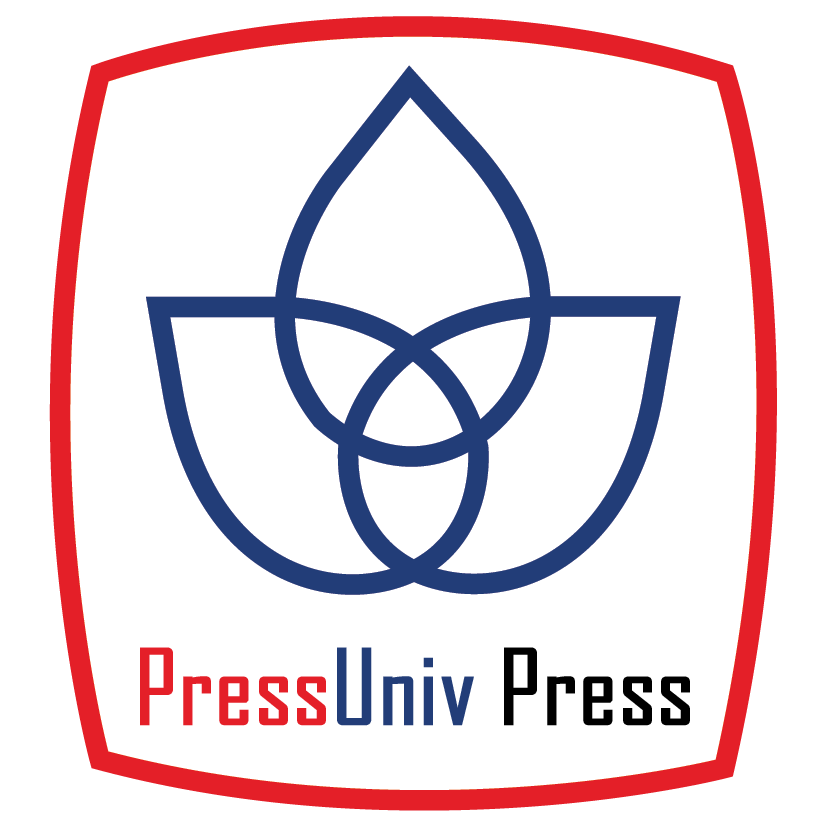Primary sedimentation unit design at the glycerin production wastewater treatment plant at PT X
Abstract
PT X has needs Waste Water Treatment Plant (WWTP) to reduce the high value of TSS and organic matter levels for the wastewater of glycerin production. The objective of the experiment is to design the dimensions of the primary sedimentation unit at PT X. This design is expected to reduce wastewater TSS levels up to 50 to 70 percent and BOD levels up to 25 to 40 percent. The design stages in this experiment include determining the quantity of wastewater discharged by PT X per day through production operations, quality testing wastewater, and designing primary sedimentation units. PT X wastewater quality testing includes measuring pH, ammonia, TSS, COD, BOD, oil & grease. The parameters are determined based on the basic oleochemical industry quality standard according to the Ministerial Regulation Environment Number 5 of 2014. The primary sedimentation unit design in WWTP PT X was rectangular. The quantity of discharge of wastewater entering primary sedimentation tank of 0.00139 m3/second and detention time designed for 4 hours. Sedimentation tank volume is based on the calculation of 10 m3 with a multiplier of 1.1 so that the actual volume of the sedimentation tank is 11 m3. Based on the calculation results, the length of the tub is 4 m, the width of the tank is 1.1 m, 2.5 m deep, and 0.5 m freeboard. TSS level allowance and BOD that occurs in the primary sedimentation unit is the TSS level of 62.99% and BOD levels of 40.82%.
Keywords
Full Text:
PDFReferences
Metcalf and Eddy, “Wastewater Engineering Treatment and Resources Recovery“, Edisi Ke-5. McGraw-Hill Education. New York. pp. 396-412, 2014
Badan Standarisasi Nasional SNI 06-6989.11-2004 Air dan air limbah – Bagian 11 : “Cara uji derajat keasaman (pH) dengan menggunakan pH meter“, Badan Standarisasi Nasional, Jakarta, pp.1-2. 2004
HACH, “Nitrogen-Ammonia“, Salicylate TNT Method. HACH Company, USA, pp. 1-6, 2015.
HACH, “Suspended Solids“, Photometric Method, HACH Company, USA pp.1-3, 2014
HACH, “Oxygen Demand, Chemical“, Dichromate Method, HACH Company USA, pp. 1-7, 2014
Badan Standarisasi Nasional SNI 6989.72:2009 Air dan air limbah – Bagian 72 : “Cara uji Kebutuhan Oksigen Biokimia (Biochemical Oxygen Deman/BOD)“. Badan Standarisasi Nasional. Jakarta, pp. 2-9, 2009
Badan Standarisasi Nasional SNI 06-6989.10-2004 Air dan air limbah – Bagian 10: “Cara uji minyak dan lemak secara gravimetri“, Badan Standarisasi Nasional. Jakarta, pp.1-4, 2004.
Menteri Lingkungan Hidup, Peraturan Menteri Lingkungan Hidup Nomor 5 Tahun 2014 Tentang “Baku Mutu Air Limbah Industri“, Kementerian Lingkungan Hidup, Jakarta, p. 63, 2014.
Standard Methods for the Examination of Water and Wastewater, “Biochemical Oxygen Demand“ (5210), 21stEdition, p. 7, 2005.
Asmadi, Suharno,“Dasar-Dasar Teknologi Pengolahan Air Limbah” Gosyen, Publishing Yogyakarta, pp. 72-73, 2012.
Rosidi, M., “Perancangan Instalasi Pengolahan Air Limbah (IPAL) Pabrik kertas halus PT. X Sidoarjo“, Tesis. Jurusan Teknik Lingkungan Fakultas Teknik Sipil dan Perencanaan Institut Teknologi Sepuluh Nopember. Surabaya, pp. D-41-D-43, 2017.
Kurniawan, A. 2014. “Rancang Bangun Unit Sedimentasi Rectangular Pada Instalasi Pengolahan Air Limbah“, ISBN: 978-602-71782-0-5, Proceeding National Conference on Conversation For Better Life, Departemen Teknik Sipil dan Lingkungan IPB. Bogor, pp. 75–92, 2014.
DOI: http://dx.doi.org/10.33021/jenv.v7i2.1610
Copyright (c) 2022 Erna Styani

This work is licensed under a Creative Commons Attribution-ShareAlike 4.0 International License.
Journal of Environmental Engineering and Waste Management Published by PresUniv Press, in collaboration with IESA and APIK Indonesia Network




